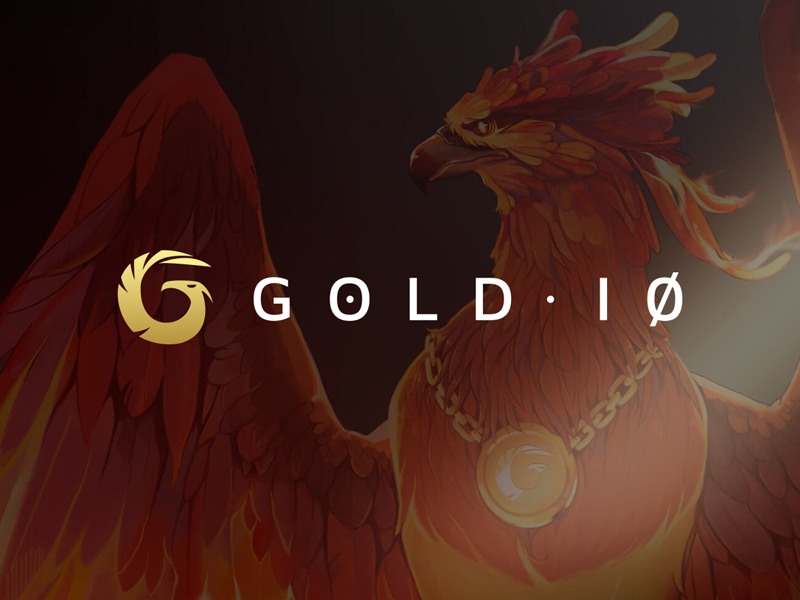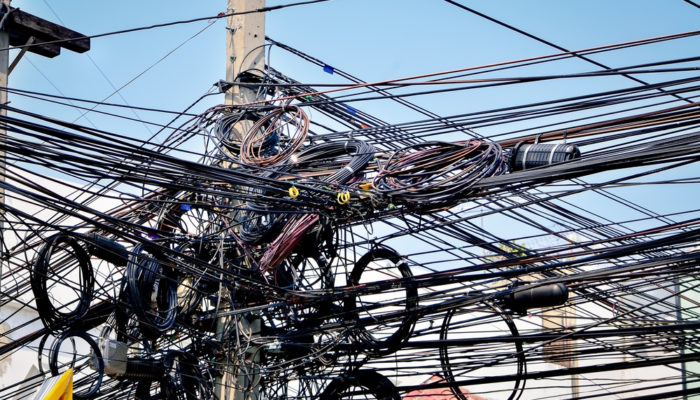“Suppose it turns out that it’s impossible to have a secure proof-of-work blockchain without a block reward. Which change to Bitcoin would you be more willing to accept?”
The recent tweet by Paradigm’s research partner Dan Robinson has again brought consensus mechanisms under the spotlight and triggered heated debates. Opinion leaders and influencers actively participated in the discussion, one that is almost a life-and-death matter for blockchain and crypto’s fate. What was missing in the four voting options made available by Robinson’s hypothesis, though, is the probability of a proof-of-work (PoW) and proof-of-stake (PoS) consensus.
A hybrid may sound groundbreaking, but everyone knows it’s something — a thought, or a concept, at least — that has already well-existed since the early-to-mid 2010s. Of all the popular replies under Robinson’s tweet, Ethereum’s co-founder Vitalik Buterin weighed in as an advocate for a hybrid mechanism: “Why not hybrid proof of stake, of the 2013-15 era designs where you have interwoven PoW and PoS blocks, so an attacker needs something like ‘work_share + stake_share >= 1’ to do a 51% attack?” Notably, Vitalik’s reply became the most liked tweet under the original vote.
As much as consensus attaches great importance to the “conventional” world, it holds even truer for decentralized public blockchains. An efficient, fair, functional and reliable consensus is always at the core of a chain’s long-term development. The question raised by Dan Robinson on Twitter came under a backdrop of the widening concerns over Bitcoin’s (BTC) continually diminishing block rewards. As the main incentive for the PoW mechanism, fewer block rewards further demotivate miners, which will inevitably result in higher security risks for the chain.
The Decred-Next (DSCRN) hard fork from Decred (DCR) earlier this year represents a perfect echoing of the debates above. The hard fork was initiated by the DCRN founding team, which consists of key members from DCR and other decentralized development projects, including software engineers and product managers who used to work at Google and Meta. Perhaps the hard fork would become a memorable milestone in the history of public blockchains — it won by a landslide, a surprise even to the DCRN founding team. After all, DCR had once been in the club’s top-30 by market value thanks to its refreshing and almost epic consensus mechanism, which was a hybrid PoW-PoS consensus — 60% in PoW rewards shared for validators and 30% PoS rewards shared for validators — consensus inherited by DCRN today.
“When DCR was first introduced, like many other OGs (originals) on this project, we were impressed by its proof-of-activity concept and innovative hybrid PoW-PoS consensus mechanism. It let miners and stakeholders incentivize each other,” reminisced Stephanie Lee, community manager of DCRN in an earlier ask-me-anything session. “However, the change in reward structure greatly undermined DCR’s value and advantage [in] being a hybrid consensus.”
The reward distribution on DCR used to be 60% for PoW validators and 30% for PoS validators. It then aggressively reduced the PoW reward share to 10% and boosted the PoS reward share to 80% in a May upgrade. This “update” ultimately infuriated the-now DCRN community. “Under the current mechanism, where the share of PoS rewards is unreasonably high, we see whales doubling up as rules enforcers, which will ultimately result in a situation of the rich getting richer and pumping and dumping. A perfect case in place is the EOS community’s shrink,” Lee added.
To many who advocated for DCRN’s hard fork, time and patience were ticking, as they felt the development and innovation of the DCR community had been sluggish, and that disappointed people who were passionate during the early days of DCR. “We saw little growth from the DCR community; we saw great innovations and opportunities like GameFi, nonfungible tokens and Web3 slipping through our fingers, and we saw DCR falling out from the top 100,” Lee pointed out further.
Now, the DCRN team is busily working on the development of an extendable ecology that supports a wide range of innovations: “We are utilizing Ethereum Virtual Machines, sharding and Omni Layer to explore more possibilities in Web3,” (WHO) said. The DCRN token launched on Gate.io on July 17, 2022, at 2 am UTC with a maximum supply of 21 million and a daily token yield of 2,880 DCRN. The incentive distribution continues the classic structure: 60% for PoW, 30% for PoS and 10% for the treasury. For PoW mining, DCRN uses the same algorithm as DCR. As for PoS staking, users can use DCRN to purchase voting rights by downloading the wallet on its official website, where the annual percentage yield of PoS pledge mining is shown as over 2,600%.
It’s no doubt that the debate of consensus mechanisms will keep going on for a while, but one thing endures. Vitalik said in an early-day interview: “Right now, I believe that in order to succeed, a new blockchain project has to bring something genuinely new to the table, and it can’t just be a slightly better consensus algorithm.”
Copyright © 2023 iCryptome.com
- Crypto Analysts’ Bottom Calls Ramped As Bitcoin Rallied
- Sichuan beckons power-hungry cryptocurrency miners to the home of the pandas with cheap and plentiful hydroelectricity
- Surprising: these foods can cause wrinkles
- Elliptic Extends Partnership with Binance, Adding BNB to its Blockchain Analytics Platform
- Zigmabit Inc. Starts a New Era in Cryptocurrency Mining

















